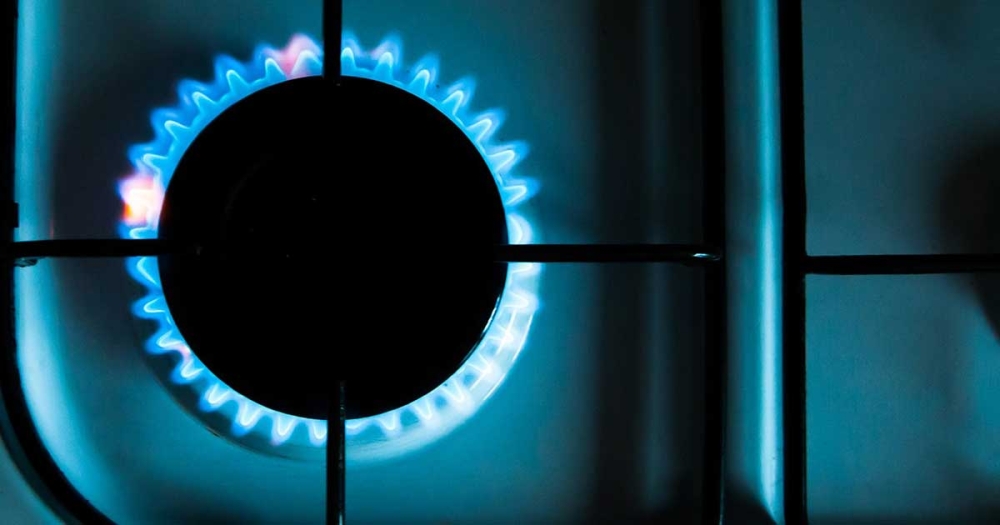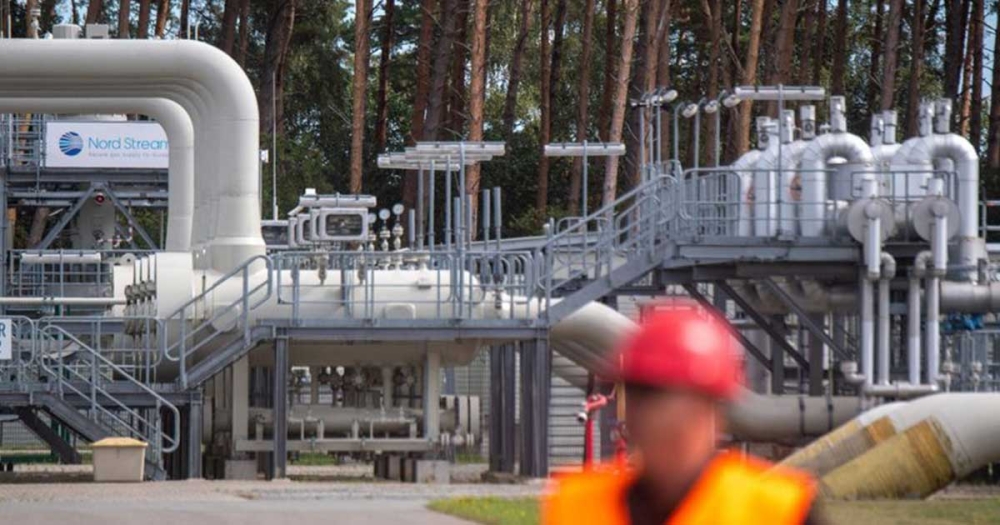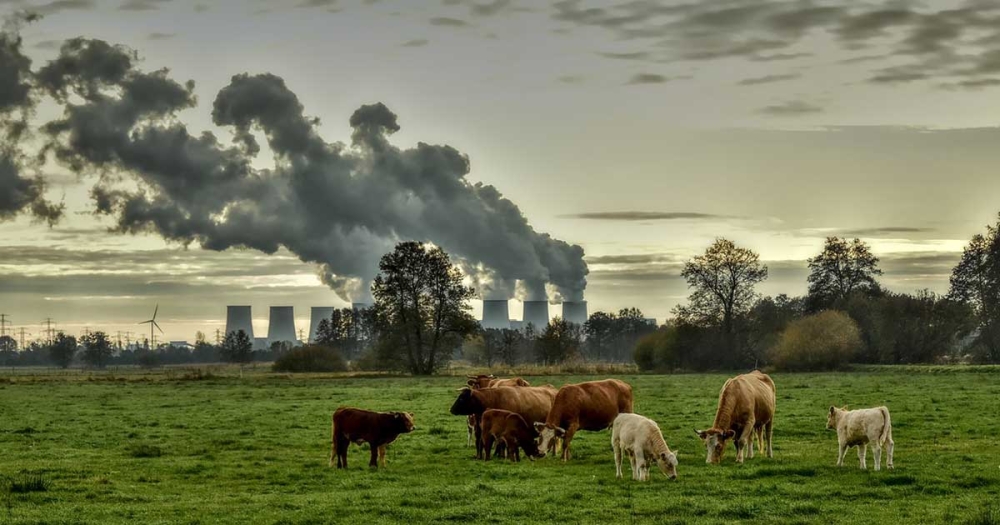Based on our results, even a cold winter experienced in the 2016-2017 heating season could not endanger our country's natural gas supply. In order to guarantee the security of supply, we have to take such extreme scenarios into account, even if there is only an 8-10% chance that such a thing will occur. According to our calculations, the total natural gas consumption of our country would increase by at least 0.69 billion m3 in this case, including residential consumption by at least 0.58 billion m3. If the contracted quantities of natural gas continue to arrive and the filling of our gas storage takes place without interruption, adding that there is no critical shortage of natural gas on the European market, we can manage a cold winter similar to the winter of 2016-2017, but of course it does not matter at what price.
Hungarian heating demand scenarios based on Heating Degree Days
In order to make the results comparable, we prepared climate and natural gas consumption forecasts that correspond to the methodology of IEA Never Too Early to Prepare for Next Winter: Europe's Gas Balance for 2023-2024, since our European analysis is based on this. For this reason, we used scenarios for either entire years or only the heating demand of the three winter months. The expected natural gas demand for the heating period of 2023-2024 was projected by taking the base period as the average of the heating degree days between 1991-2020, negative control period (extremely cold winter: December-January-February 2016-2017) and positive control (extremely warm vinter: December-January-February 2022-2023). To determine the natural gas demand, we have accurate natural gas consumption data (total and residential) for both the control and base periods, the origin of the data is the Hungarian Energy and Utilities Regulatory Office (MEKH).
At a given base temperature (15.5 °C), the Heating Degree Day (HDD) gives the temperature value proportional to the amount of energy required for a given day to heat the internal environment to a specified temperature, taking into account the daily minimum, maximum and average temperature (Spinoni et al. 2015). So the colder the weather, the more the air temperature deviates from the base temperature of 15.5 degrees, the more energy is required to heat the internal environment, and the higher the heating degree will be. By summing these degree day values for each day, we get the monthly or the annual heating degree day amount expressed in degrees Celsius for the entire heating period.
According to Bokros and Lakatos (2022), the annual amount of HDDs in Hungary was 2344°C based on the average of 1991-2020 climatic period. The lowest values can be found in the Southern part of the country, in the Southern Great Plain, between Maros and Körös, as well as in the southern regions of Transdanubia (2180-2260°C), which value is increasing towards the North-Eastern corner of the country with the increase of the continental climate effect up to 2500- values up to 2600°C. Average, maximum and minimum daily temperatures decrease with height above sea level, so the heating degree days increase. Accordingly, we experience higher values in the landscapes of the Alpokalja, the Transdanubian and the Northern Central Mountains. Annual values of 310 °C also appear at the highest points of the country.
Overall, it can be said that due to climate change, the annual and monthly sums of heating degree days have decreased throughout the country since 1901, with the largest decrease in mountainous areas and Western Hungary. The decrease is statistically significant in all parts of the country since 1901. In the 2022-2023 heating season, the heating degree-day values were significantly lower than the average, so we chose December-January-February 2022-2023 as a positive control (extreme warm vinter).
The average of the HDDs between 1991-2020 was 450°C in December, 470°C in January, and 380°C in February, meaning a total of 1300°C, which is 55.46% of the HDDs of the entire heating season. In comparison, the HDD of December 2022 is 384.3°C (-65.7°C), January 2023 is 339.2°C (-130.8°C), and February 2023 is 299.5 (-80.5 °C), a total of 1023°C, which is 78.69% of the average for the years 1991-2020.
The cold weather of January 2017 was formed by large-scale atmospheric processes (macrosynoptic processes) that determine the circulation of the entire Northern hemisphere. However, the characteristic winter weather feature of the Carpathian Basin, the frequent appearance of a cold pillow (inversion) caused by settled cold air, also played a role in the existence of persistent cold.
On January 1, 2017, the circulation of the Northern Hemisphere created a hemispheric air condition that was in line with the average winter, but slightly colder than in the last decade and a half. The cold period in the winter of 2017 does not match the trends of climate change, but in the opinion of climate scientists, this does not contradict the process of global warming. The chance of a cold winter like that of January 2017 is low (less than 10%, but cannot be ruled out), an event occurring once every 12 years in the Carpathian Basin as a whole. The observed trends will continue in the future and the average winter temperature will increase, which does not rule out that one month or season will be colder than the past average for many years.
Natural gas consumption scenarios for 2023-2024
We previously calculated that the number of typical HDDs of the extremely warm winter months of 2022-2023 was 1023°C in total, and that of the base period (average between 1991-2020) was 1300°C. Let's look at the data typical of the extremely cold winter (December-January-February 2016-2017). Based on the data of Bokros and Lakatos (2022), the heating degree in December 2016 was 530°C (+80°C), in January 2017 it was 670°C (+200°C), and in February 2017 it was 480°C (+100°C). This is a total of 1680°C, which is 129.23% of the average December, average January and average February between 1991 and 2020.
Let's see how the 29% increase in the number of HDDs affected the total natural gas demand, including residential one. Our total natural gas consumption was 9.6 billion m3 in 2016, including residential use of 3.08 billion m3 for the entire year. If we only look at the winter months (December, January, February), the total consumption comes to 5.32 billion m3, the residential consumption to 1.71 billion m3. While the structure of consumption did not change, total natural gas consumption in the winter of 2017 increased from 5.32 billion m3 to 5.7 billion m3, residential consumption from 1.71 billion m3 to 2.03 billion m3. Projected for the entire year 2017, total consumption increased by 0.69 billion m3 (from 9.6 billion m3 to 10.29 billion m3), most of which was residential use with an increase of 0.58 billion m3 (from 3.08 billion m3 to 3.66 billion m3). In 2018, annual consumption fell to 9.8 billion m3, and residential consumption back to 3.3 billion m3.
Considering the extremely warm winter of 2022-23, the total natural gas consumption projected for the entire year can be estimated at 9.1 billion m3, and residential consumption at 3.2 billion m3. However, parallels cannot be drawn with the situation 5-6-7 years ago, because the income conditions of the population have changed significantly in the meantime, and this can significantly strengthen the increase in residental consumption. Nevertheless, in the short term, heating seasons and natural gas consumption trends similar to the extremely warm winter of 2022-2023 can be forecast until the commissioning of the new natural gas-fired power plant blocks in 2026-2027.
Summerizing our results, in a winter similar to the cold winter of 2016-2017, which has a roughly 10% chance of happening, our country's total natural gas consumption would increase by at least 0.69 billion m3, including residential consumption by at least 0.58 billion m3. This additional demand accounts for 10-11% of the capacity of our natural gas storage facilities (6.5 billion m3). Therefore, even such a cold winter could not endanger our country's natural gas supply. If the 4.5 billion m3 of gas delivered under the Russian-Hungarian long-term contract (2021-2036) arrives every year undisturbed, if the annual domestic production of 1.58 billion m3 increases according to the government's intentions, if the annually 0.6 billion m3 of LNG will arrive from Croatia according to the contract, if domestic biomethane production can be increased to 1.0-1.5 billion m3 per year, then only 2-3 billion m3 of gas would have to be procured on a market basis from the European markets. We have been able to solve this so far, and we will do it after this. But of course it doesn't matter at what price.
References:
Kinga Bokros, Mónika Lakatos: The effects of climate change are mostly associated with hot summers, frequent heat waves and temperature extremes, but the development of cold and heating degree days from the beginning of the last century to the present (in Hungarian), OMSZ: November 17, 2022.
Spinoni, J., Vogt, J.V., Barbosa, P., 2015: European degree-day climatologies and trends for the period 1951–2011. Int. J. Climatol. 35(1), 25–36.
https://www.met.hu/ismeret-tar/erdekessegek_tanulmanyok/index.php?id=1805&hir=2017_jeges_januarja




